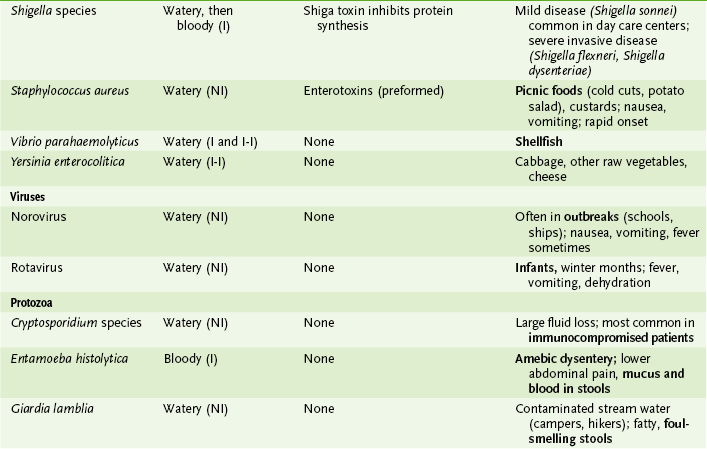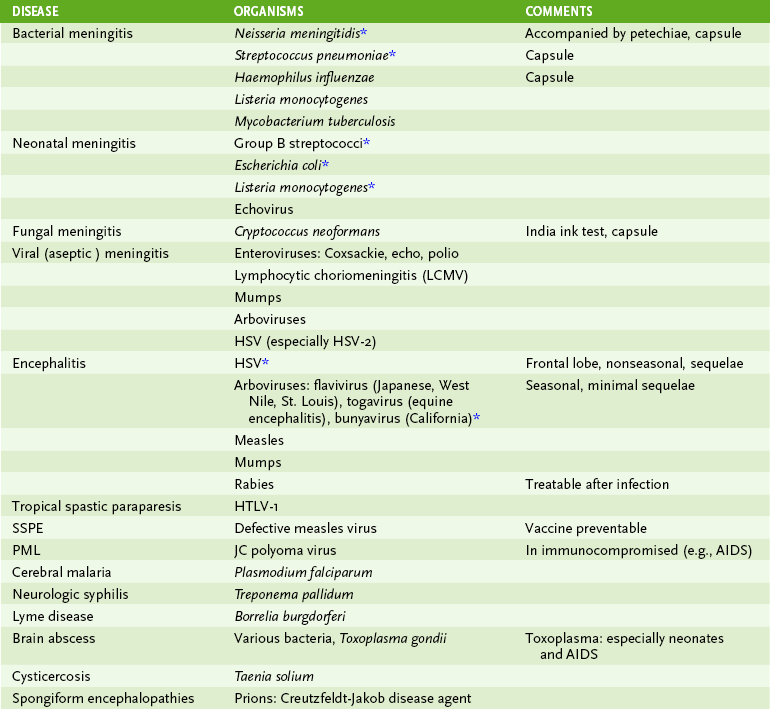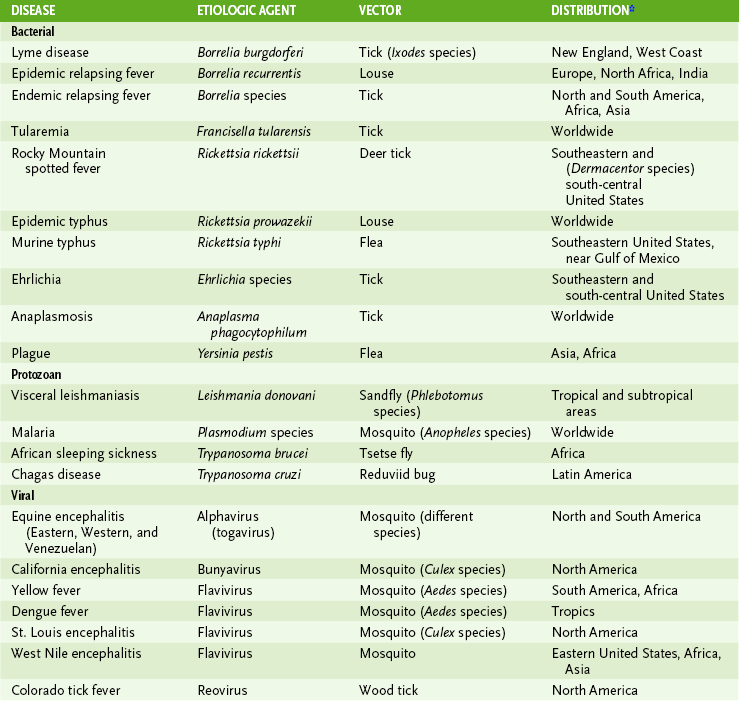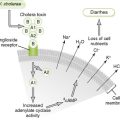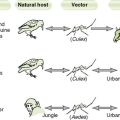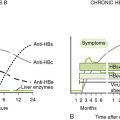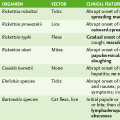Infectious Diseases
Clinical Correlations
I Sexually Transmitted Diseases (STDs)
1. Usually spread during asymptomatic period when partners are unaware of problem
2. Chlamydia trachomatis and human papillomavirus (HPV) infections are the most common STDs worldwide.
B Table 30-1 summarizes diseases spread primarily by sexual contact.
II Urinary Tract Infections (UTIs) (Table 30-2)
TABLE 30-2
Bacteria Causing Urinary Tract Infections
| Organism | Distinguishing Features | Notes |
| Escherichia coli | Gram negative, no capsule, red-black colonies on EMB agar | Most common cause of UTIs (50% to 80%) |
| Staphylococcus saprophyticus | Gram positive, coagulase negative, resistant to novobiocin | Second most common cause of UTIs in young women (10% to 30%) |
| Proteus mirabilis | Gram negative, urease positive, swarming growth on agar | Associated with struvite urinary stones |
| Klebsiella pneumoniae | Gram negative, nonmotile, prominent capsule, large mucoid colonies | Usually in catheterized patients |
| Enterobacter species | Gram negative, motile, capsule, moist colonies, often drug resistant | Usually in immunocompromised patients |
| Pseudomonas aeruginosa | Gram negative, oxidase positive, fruity odor, blue-green pigment | Usually in patients with kidney stones, chronic prostatitis, or a catheter |
| Enterococcus faecalis | Gram positive, variable hemolysis, salt tolerant (6.5% NaCl) | Usually in immunocompromised or catheterized patients |
• Most common causes of nosocomial UTIs are Escherichia coli, Enterococcus species, and Pseudomonas aeruginosa.
B Pyelonephritis (upper UTI): flank pain, fever, chills, dysuria
C Genitourinary tract pathogens that are not sexually transmitted
III Infectious Diarrheas (Tables 30-3 and 30-4)
TABLE 30-4
Food Sources of Bacterial Infections
| Food | Bacteria |
| Poultry | Salmonella enteritidis, Campylobacter species |
| Raw eggs | Salmonella enteritidis |
| Dairy products | Listeria monocytogenes, Brucella species, Mycobacterium bovis |
| Shellfish | Vibrio species |
| Reheated rice | Bacillus cereus |
| Undercooked beef | Escherichia coli O157:H7, B. cereus, Brucella species, C. perfringens |
| Picnic foods (mayonnaise, custard, salted meats) | S. aureus toxin mediated |
A Distinguishing features of three types
1. Noninflammatory diarrhea is watery
B Typical time of onset after infection by various agents
1. Respiratory syncytial virus (RSV), parainfluenza virus, and influenza virus are most common causes.
2. Bacterial superinfection, usually by S. aureus, often complicates these infections.
• Immunocompromised patients are most at risk for atypical, chronic pneumonia due to fungi.
1. Pneumocystis jiroveci (carinii) causes potentially fatal pneumonia, in acquired immunodeficiency syndrome (AIDS) patients.
2. Histoplasma capsulatum, Coccidioides immitis, and Blastomyces dermatitidis can cause pneumonia in both immunocompetent and immunocompromised individuals.
V Meningitis and Encephalitis (Table 30-6)
• Analysis of cerebrospinal fluid usually can distinguish bacterial, viral, and fungal causes of meningitis (Table 30-7).
1. In adults: Streptococcus pneumoniae and Neisseria meningitidis are most common causes in immunocompetent individuals.
1. Enteroviruses (especially Coxsackie viruses) and herpes simplex virus are the most common causes.
2. Mumps virus and lymphocytic choriomeningitis virus (LCMV) are less common causes.
• Mycobacterium tuberculosis and fungi (e.g., Cryptococcus neoformans and C. immitis) are common causes.
VI Arthropod-Associated Diseases (Table 30-8)
• Arthropods may act as simple vectors and, in some cases, also as intermediate hosts in the transmission of human pathogens.
• Humans are most likely to contract these diseases when they enter the native habitat of the vectors.
VII Common Infectious Causes of Other Conditions
C Congenital, neonatal complications
• Slow onset over months; usually involves diseased, abnormal, or prosthetic valves
• Viridans streptococci (most common) and Enterococcus species
• Staphylococcus epidermidis and S. aureus (particularly involving prosthetic valves)
• HACEK organisms—Haemophilus, Actinobacillus, cardiobacterium, Eikenella, Kingella



